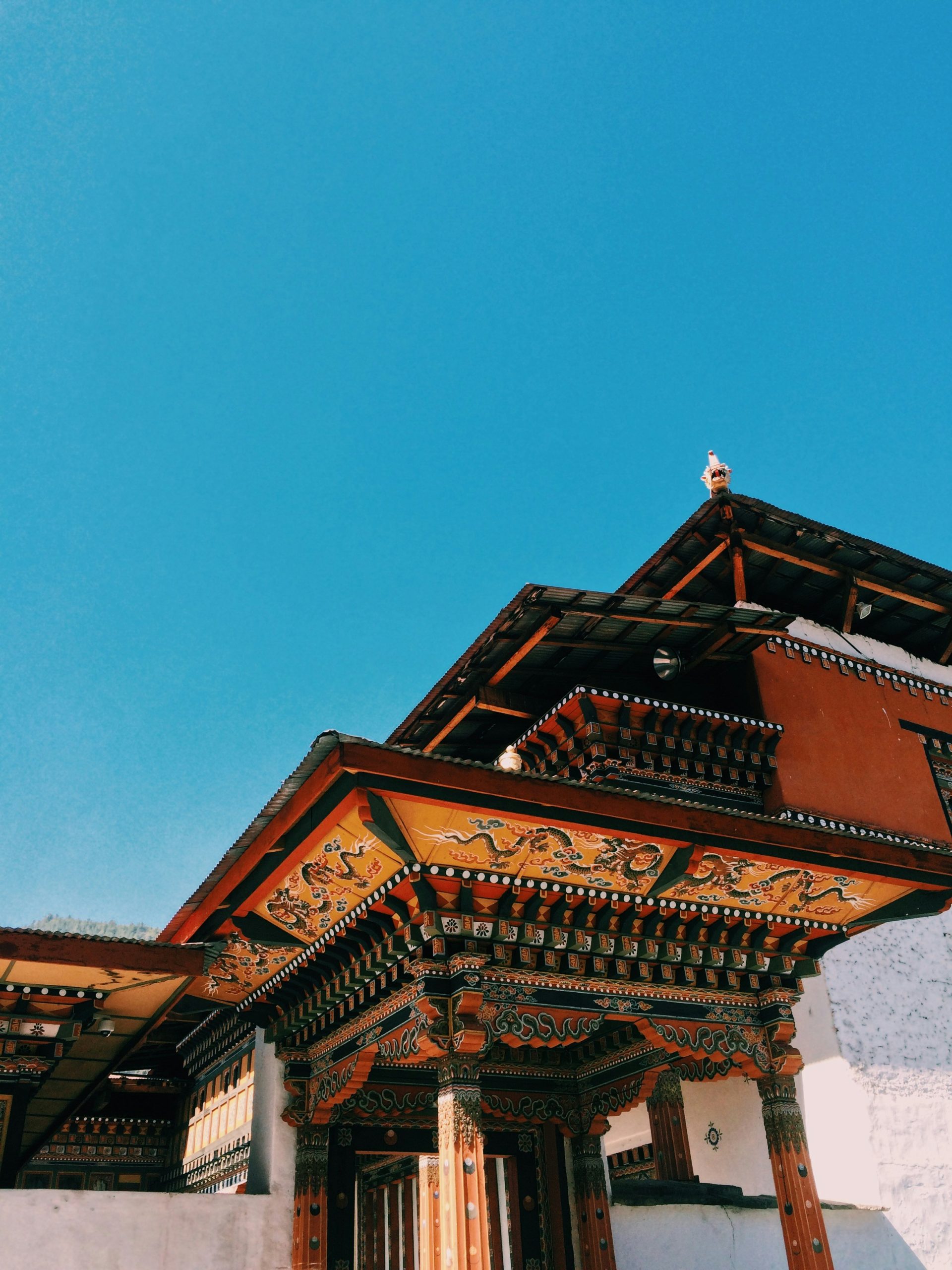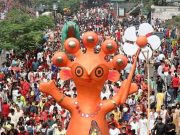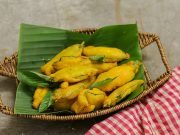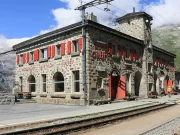In the eastern Himalayas, Bhutan is a land of mystical beauty and profound serenity. Known for its commitment to preserving its rich culture and focusing on Gross National Happiness rather than economic growth, Bhutan has become a sought-after destination for those seeking peace, spiritual growth, and awe-inspiring landscapes. Besides iconic destinations like the famous Tiger’s Nest Monastery and the capital city Thimphu, Bhutan holds a lot of secrets and lesser-known spots offering unique tranquil experiences. Here’s a list of less-known spots for travel in Bhutan that are certain to create lasting impressions:
1. Phobjikha Valley – A Nature Lover’s Shangri-La
Located in central Bhutan, Phobjikha Valley is a breathtakingly beautiful glacial valley with a serene atmosphere. It is a haven for birdwatchers, especially during the winter months when the endangered black-necked cranes migrate here. The serene environment and traditional villages of the valley provide the perfect retreat from the hustle and bustle of everyday life. While hiking through the valley, visitors can enjoy panoramic views of the surrounding mountains and fields. The valley also houses the Gangtey Monastery, an important pilgrim destination, which enables visitors to explore Bhutanese Buddhist traditions.
2. Haa Valley – Bhutan’s Hidden Paradise
The Haa Valley in western Bhutan is really one of the most isolated and least explored parts of the country. This valley is known for its pristine beauty-no less than other places-lying amidst lush forests, teeming rivers, and villages which over the centuries have kept their spell intact. The valley is exclusively recognized for its rich culture that includes ancient temples and a fortress. The 16th-century Haa Dzong stands to represent the historical importance of this area. They can also enjoy scenic drives, hiking trails, and the opportunity to engage with the local communities, who are known for their warmth and hospitality.
3. Lhuentse – The Spiritual Heart of Bhutan
Lhuentse is a culturally rich, remote district in northeastern Bhutan that sees very few tourists. It is known for its traditional Bhutanese architecture, vibrant festivals, and deep Buddhist spirituality. Lhuentse is home to some of Bhutan’s most sacred monasteries, including the Lhuentse Dzong, which offers a glimpse into Bhutan’s spiritual history. The region is also famous for its textiles, particularly the weaving of intricate silk fabrics used in religious ceremonies. Exploring Lhuentse gives visitors a chance to experience authentic Bhutanese life and witness the country’s commitment to preserving its heritage.

4. Jakar – The Cultural Entrance to Bumthang
Located in the Bumthang Valley, Jakar is one of the major culturally important towns of Bhutan and remains unfamiliar to a large group of travelers. Bumthang often refers to as the spiritual heart of Bhutan because it contains the highest number of monasteries, temples, and sacred sites. Jakar offers a serene retreat into the country’s spiritual and natural beauty, with activities like visiting the Jakar Dzong, exploring ancient monasteries such as the Kurje Lhakhang, and trekking through the stunning valley. The area is also known for its apple orchards and homemade cheese, adding a local culinary touch to your experience.
5. Merak and Sakteng – The Last Frontier of Bhutan’s Nomadic Culture
The Merak and Sakteng areas of eastern Bhutan provide a home for the Brokpa, an indigenous people dwelling in a semi-nomadic lifestyle. This isolated region, tucked away deep in the foothills of the Himalayas, promises a glimpse into a rather untouched aspect of Bhutanese life. The Brokpa people are known for their unique traditional costumes and ornaments, along with the rearing of yaks and other domestic animals. Merak and Sakteng offer a trekking facility that will enable one to venture into these unspoiled villages and their people, Brokpa, to understand some of the most ancient traditions of humans. The landscape and topography are just out of this world, so spectacular is the view of mountains and virgin lands.
6. Nubra Valley – A Glimpse of Bhutan’s Remote Wilderness
Nubra Valley, situated in northern Bhutan, is a rugged and remote region. This valley is often overlooked by travelers. The valley is surrounded by towering snow-capped peaks, and the landscape features dramatic deserts, rivers, and lush valleys. It’s a perfect place for trekking and camping with routes leading to secluded areas where few have ventured. It is also home to the ancient Nyingmapa monasteries, offering a quiet atmosphere for contemplation and spiritual practice. For those who want solitude and are looking for something off the beaten track, Nubra Valley presents just the right opportunity to connect with nature in its purest form.

7. Tashigang – The Gateway to Eastern Bhutan
Tashigang is a small but vibrant town in eastern Bhutan that remains off the typical tourist trail. Known for its striking landscapes, traditional architecture, and religious significance, Tashigang offers a more authentic and intimate experience of Bhutanese culture. The town is surrounded by beautiful temples, including the Tashigang Dzong, a fortress dating back to the 17th century. Visitors can explore the surrounding villages, hike through terraced rice fields, and engage with local artisans who create intricate wood carvings and textiles. Tashigang is an ideal destination for travelers seeking a deeper connection with Bhutan’s history and way of life.
While more famous destinations in Bhutan, such as Tiger’s Nest Monastery and Thimphu, attract many visitors, its less famous travel destinations have a lot to offer that is equally interesting. Be it a trek deep into the isolated valleys of Phobjikha and Haa, a journey into the spiritual heart of Lhuentse, or an encounter with the nomadic Brokpa in Merak and Sakteng, Bhutan has so much more to offer. The time you venture off the main tourist path is when the magic of Bhutan actually comes alive-a land of happiness and peace, and beauty that is timeless.


























